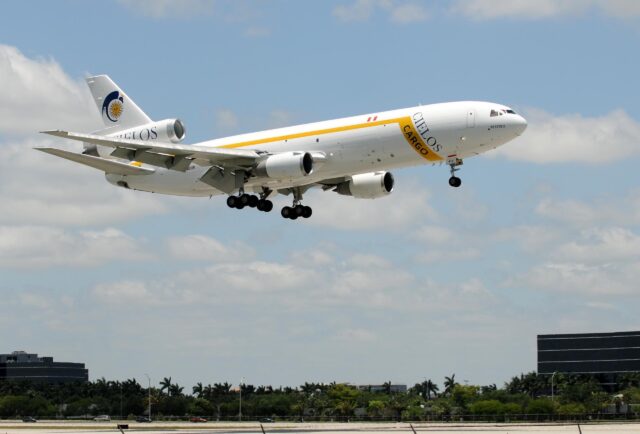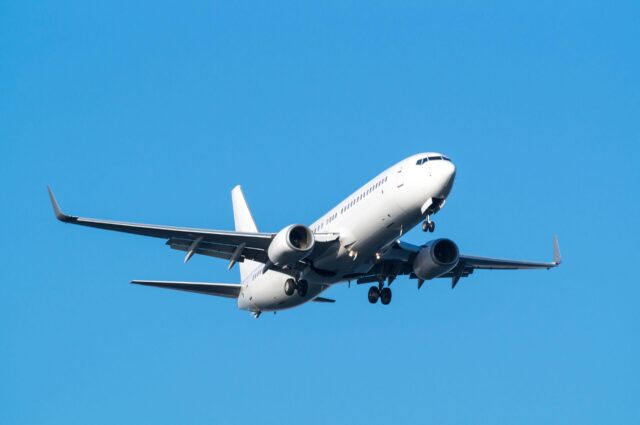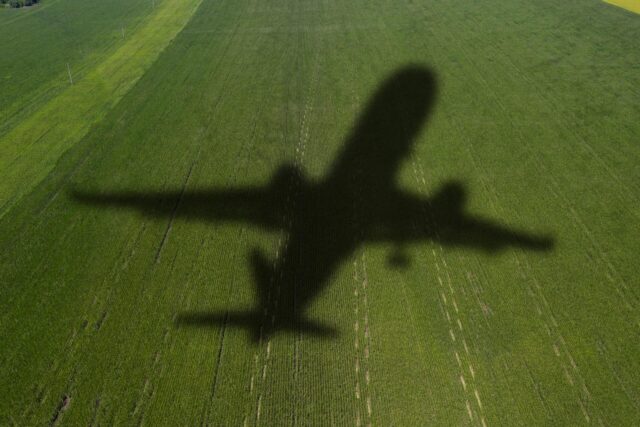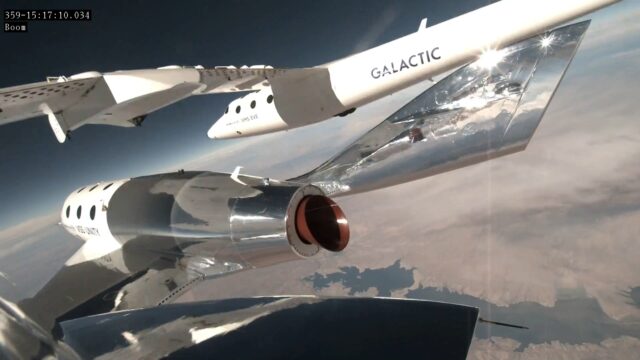Iran mounts missile strike against Israel
October 3, 2024

Iran launched a fearsome barrage of ballistic missiles against Israel on Tuesday 1 October. It was reported that Iran’s Supreme Leader, Ayatollah Ali Khamenei, had given the order for the missile attack. An official Iranian statement described the barrage as having been “in line with the legitimate right of the nation to defend itself” and said they had been made in response to the Israeli air strike on Friday 27 September that killed Hassan Nasrallah the leader of Hezbollah and Brig-Gen Abbas Nilforoushan, the operations commander of the IRGC’s Quds Force. This mission was reportedly carried out by F-15I Ra’am aircraft from 69 ‘The Hammers’ Squadron flying from Hatzerim AB. The missile attacks were also said to be in retaliation for what Iran called the “violation of Iran’s sovereignty and the martyrdom” of Hamas political leader Ismail Haniyeh, who was killed in a suspected Israeli assassination in Teheran.
Israel’s 10 million people were told (via their mobile phones) to head into bomb shelters at about 19:30 local time on Tuesday, and the Iranian missiles arrived moments later, hitting targets in central and southern Israel. There had been some warning of the impending attack from US defence intelligence sources.
Iran did not issue a NOTAM closing their Western Airspace before launching the missile attack, and several commercial airliners passed close to ballistic missile launches, receiving no warning from ATC. Many flights were re-routed however, and this may have provided a hint to the intelligence analysts that an attack was impending.
During Iran’s previous major strike against Israel, IDF spokesmen said that Iran had launched 170 drones, 30 cruise missiles, and 120 ballistic missiles, and these were ‘tackled’ using Israel’s formidable integrated missile defence system including short-range (70-km) Iron Dome, medium range (300-km) David’s Sling and long range (2,400-km) Arrow missiles, and by manned fighter aircraft, including US, British, French and Jordanian fighters. 99% of the incoming weapons were claimed to have been intercepted.
The most recent attack was very different, consisting as it did of some 180 ballistic missiles, which rendered fighter aircraft superfluous. The Iranian missiles were reportedly fired in at least two waves, and included hypersonic missiles like the Fattah, as well as Emad and Qadr ballistic missiles. The IDF did not say how many missiles had been shot down, but David’s Sling, Arrow and US Surface to Air Missiles (fired by two US Navy destroyers deployed in the Eastern Mediterranean) were used to intercept a significant proportion of the weapons.
In both cases, Israeli military and intelligence targets were struck, especially air bases, and Mossad’s headquarters north of Tel Aviv, though little damage was caused.
The IDF acknowledged that some of its airbases were hit, and Iranian state media quoted the Islamic Revolutionary Guard Corps (IRGC) as claiming that the missiles had hit Israeli tanks in Netzarim (an Israeli military corridor in central Gaza), gas installations in the southern city of Ashkelon and Nevatim, Hatzerim and Tel Nof air bases.
The IDF said that the missiles had damaged office buildings and maintenance areas but the attacks were deemed ineffective, as they did not impact the Israeli Air Force’s ability to function. No IAF aircraft were damaged in the attack.
















